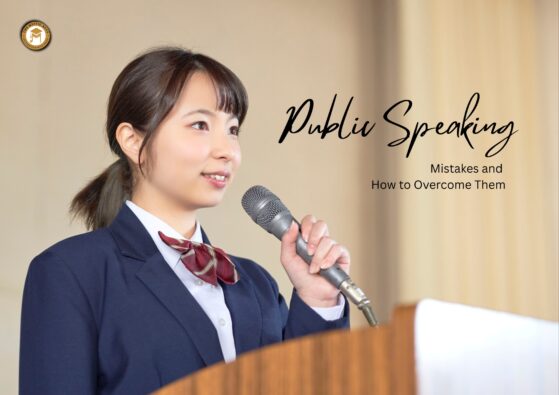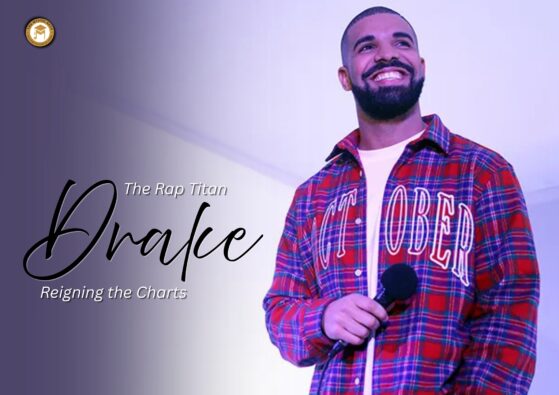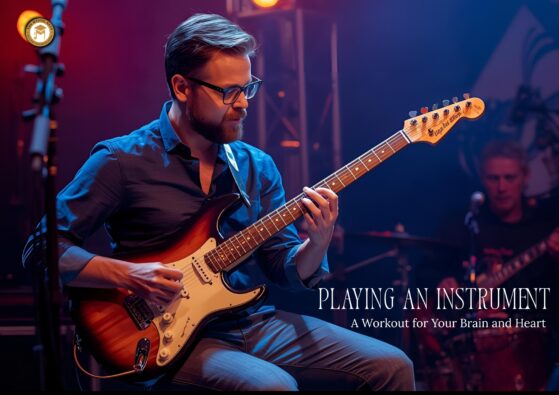Piano Through Time: Exploring Its History
The piano stands as a timeless symbol of elegance, grace, and musical expression. From grand concert halls to intimate living rooms, its melodies have resonated through centuries, captivating hearts and minds alike. Yet, behind its polished veneer lies a fascinating journey through history, innovation, and cultural evolution. Join me as we embark on a captivating exploration of the history of piano.
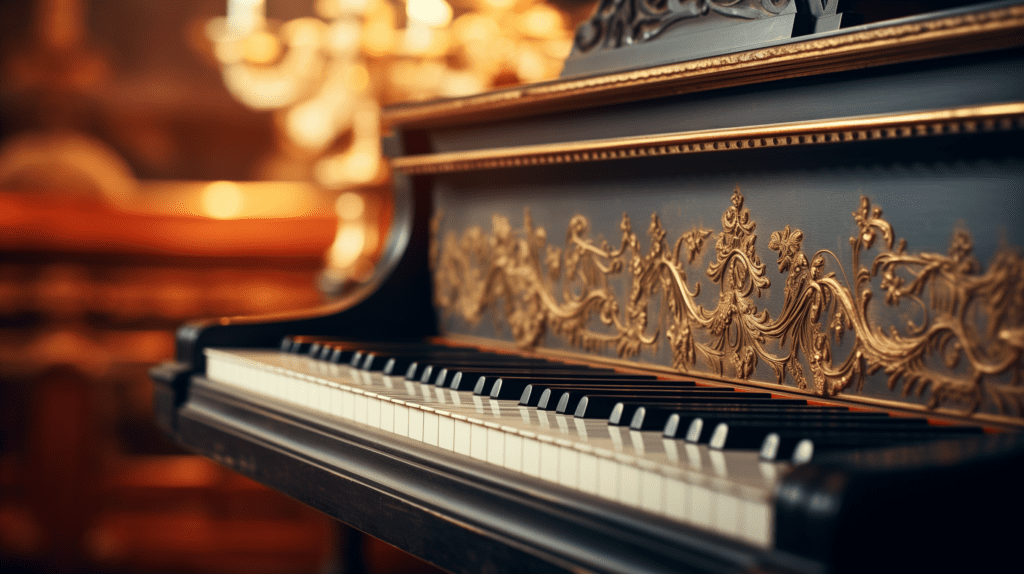
Origins and Early Developments of the Piano
In the early 18th century, Bartolomeo Cristofori, an Italian instrument maker, invented the piano, initially known as the “pianoforte.” Unlike its predecessors, such as the harpsichord and clavichord, which plucked strings, Cristofori’s piano used hammers to strike them, providing musicians with unprecedented dynamic control over volume and expression.

Evolution of Piano and Global Reach
In the history of piano, the decades following its invention witnessed significant evolution across Europe. Craftsmen and innovators, inspired by Cristofori’s pioneering design, continuously refined the instrument’s mechanism, sound quality, and keyboard layout. By the late 18th century, the piano had garnered immense popularity among composers, performers, and music enthusiasts alike, securing its position as a cherished fixture in both private residences and grand concert halls.
Piano in the Romantic Era
During the Romantic era in the 19th century, the piano reached its zenith. Esteemed composers such as Beethoven, Mozart, and Chopin embraced it, expanding its technical and expressive capabilities. Innovations like the cast iron frame and improved action mechanism, along with the modern concert grand piano’s development, cemented its position as the quintessential instrument of classical and romantic music.
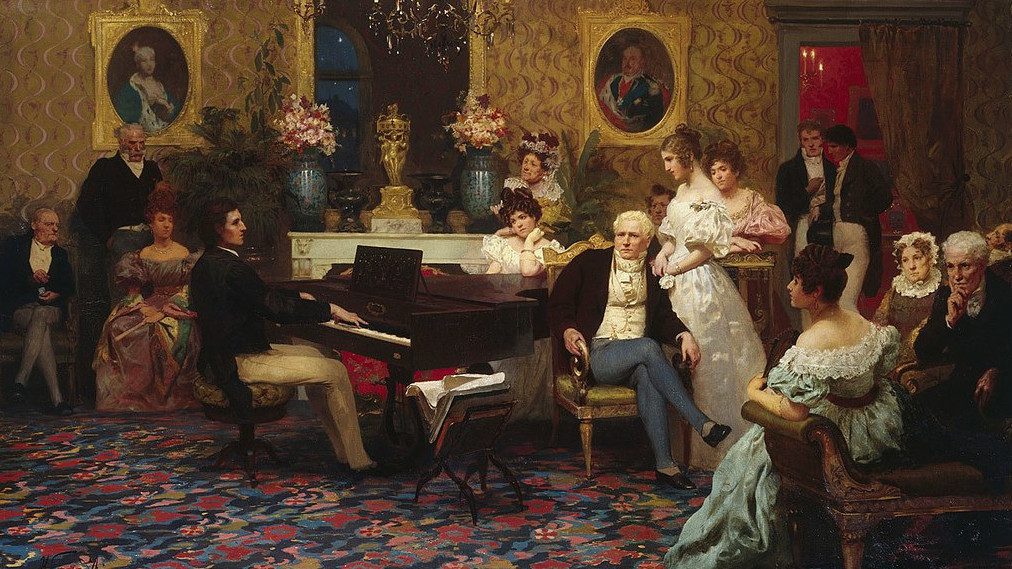
Technological Advancements
In the 20th century, technological advancements transformed piano manufacturing. Electronic pianos and synthesizers revolutionized keyboard instruments, providing musicians with diverse sounds and capabilities beyond traditional acoustic pianos. Digital pianos, featuring sampled sounds and advanced digital signal processing, gained popularity for their versatility, portability, and affordability.
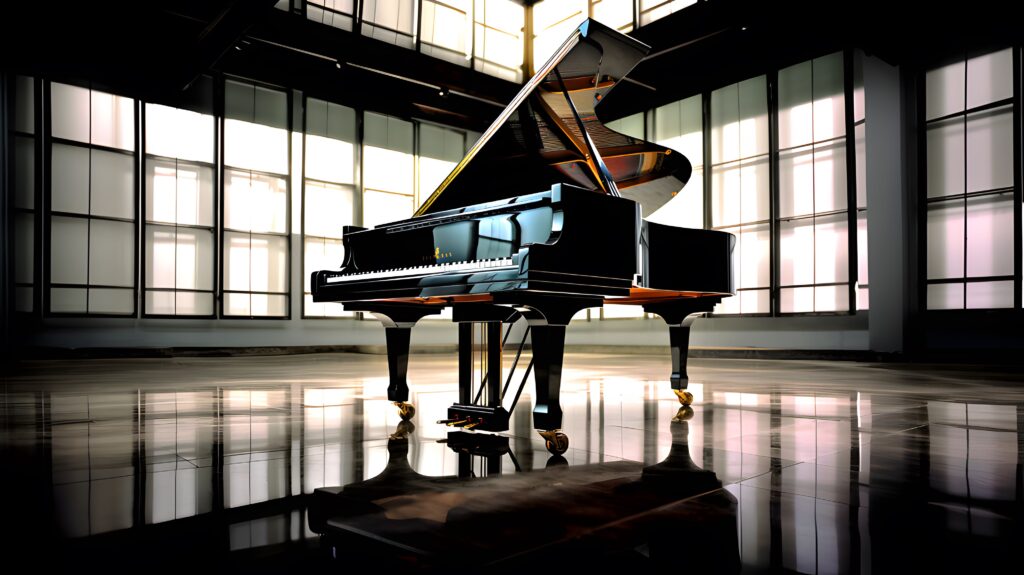
Contemporary Trends
In the 21st century, the piano remains cherished across classical and contemporary music. Its enduring appeal transcends cultures, embraced by virtuosos and enthusiasts worldwide for its expressive potential. Additionally, online platforms, digital recording, and social media have democratized piano education and performance, nurturing a dynamic global community of pianists, educators, and enthusiasts.
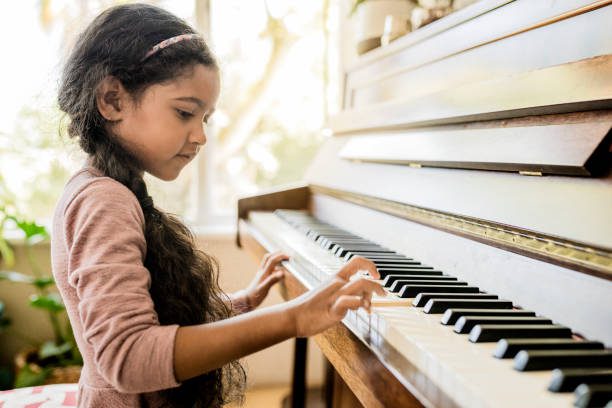
Conclusion
The piano’s history reflects human creativity, ingenuity, and love for music. From its modest origins in Italian workshops to its global prominence, it has enchanted generations with its melodies and legacy. As we honor this remarkable instrument, let’s recall the artisans, composers, and performers who shaped its rich history. Let the piano’s timeless resonance inspire us to explore new realms of musical expression and creativity.
To learn Piano from the world class instructors at The Mystic Keys, enroll now.
For more information and exciting resources about learning music, visit our website at The Mystic Keys. For more music content and exciting offers follow us on Facebook, Instagram, YouTube, LinkedIn, Twitter, Pinterest, Reddit, Threads, and Quora.


